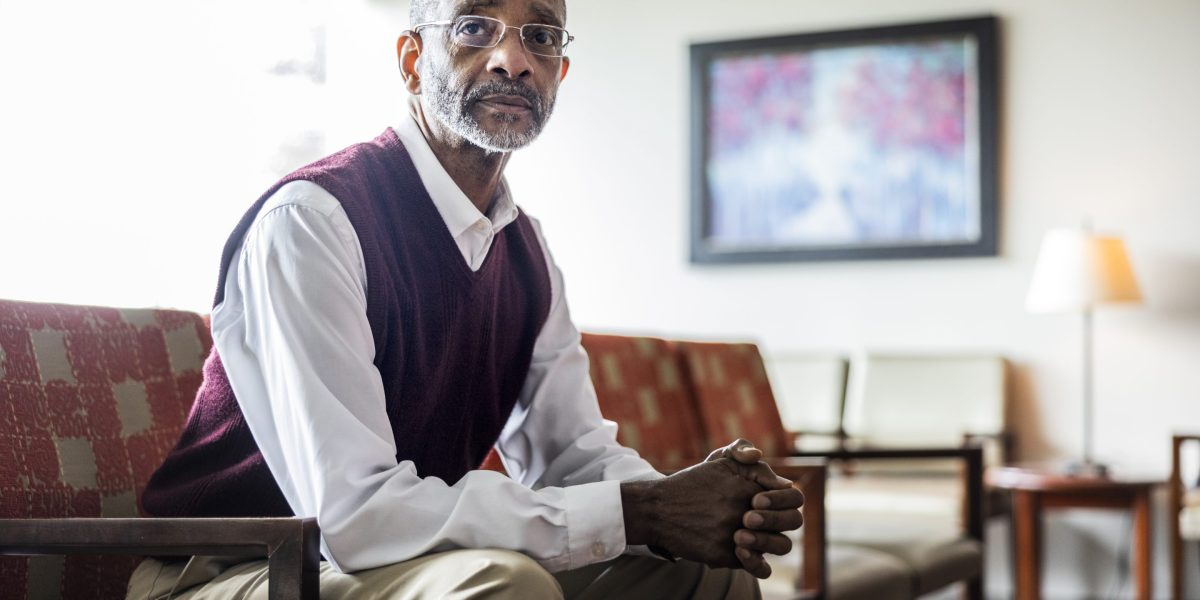Silent Discrimination: How Ageism Is Costing Healthcare $63 Billion and What We Can Do

Silent Discrimination: The Hidden Challenge of Ageism in Healthcare
In the complex landscape of medical care, a subtle yet pervasive form of discrimination often goes unnoticed: ageism. This insidious bias can profoundly affect the quality of healthcare that older adults receive, creating barriers to comprehensive and compassionate treatment.
Ageism in healthcare manifests in various ways, from subtle stereotypes to overt dismissive attitudes. Healthcare professionals may unconsciously view older patients as less valuable, less capable of recovery, or simply as a burden on the medical system. These prejudiced perspectives can lead to reduced diagnostic thoroughness, limited treatment options, and diminished patient engagement.
The consequences of such discrimination are far-reaching. Older patients may experience delayed diagnoses, less aggressive treatment plans, or complete dismissal of their health concerns. This systemic bias not only compromises individual health outcomes but also undermines the fundamental principles of equitable medical care.
Addressing ageism requires a multifaceted approach. Medical education must emphasize the importance of treating each patient as a unique individual, regardless of age. Healthcare institutions need to implement training programs that challenge age-related stereotypes and promote inclusive, patient-centered care.
As our population continues to age, confronting ageism in healthcare becomes increasingly critical. Every patient deserves respect, comprehensive care, and the opportunity to maintain their health and dignity, regardless of the number of years they've lived.
